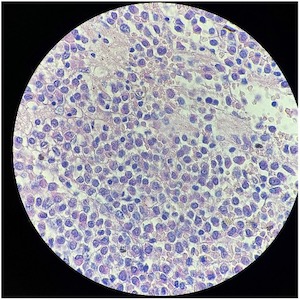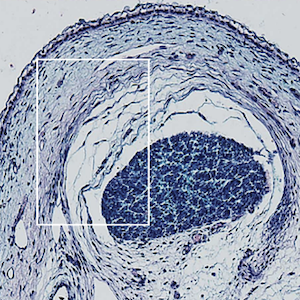Emergence of acute promyelocytic leukemia in a patient with granulomatosis with polyangiitis during treatment with cyclophosphamide: a rare case report

All claims expressed in this article are solely those of the authors and do not necessarily represent those of their affiliated organizations, or those of the publisher, the editors and the reviewers. Any product that may be evaluated in this article or claim that may be made by its manufacturer is not guaranteed or endorsed by the publisher.
Authors
Granulomatosis with polyangiitis (GPA) is a rare autoimmune disease that affects multiple organs and causes inflammation, necrosis, and vasculitis in small blood vessels. Treatment for GPA involves achieving and maintaining remission. In recent studies, cyclophosphamide-based regimens have been linked to comorbidity hazards, including an increased risk of malignancies, especially hematological ones. Acute myeloid leukemia is the main hematologic malignancy that can complicate GPA. In this context, we report the case of a middle-aged woman with GPA who developed acute promyelocytic leukemia (APL) during maintenance with cyclophosphamide. She was treated with all-trans retinoic acid at 50 mg/day and arsenic trioxide at 10 mg/day, along with steroids. This case highlights the unique emergence of APL in a GPA patient during cyclophosphamide therapy. A single case has previously been reported on the development of APL in a patient with GPA while using azathioprine monotherapy for 2 years.

This work is licensed under a Creative Commons Attribution-NonCommercial 4.0 International License.
PAGEPress has chosen to apply the Creative Commons Attribution NonCommercial 4.0 International License (CC BY-NC 4.0) to all manuscripts to be published.










